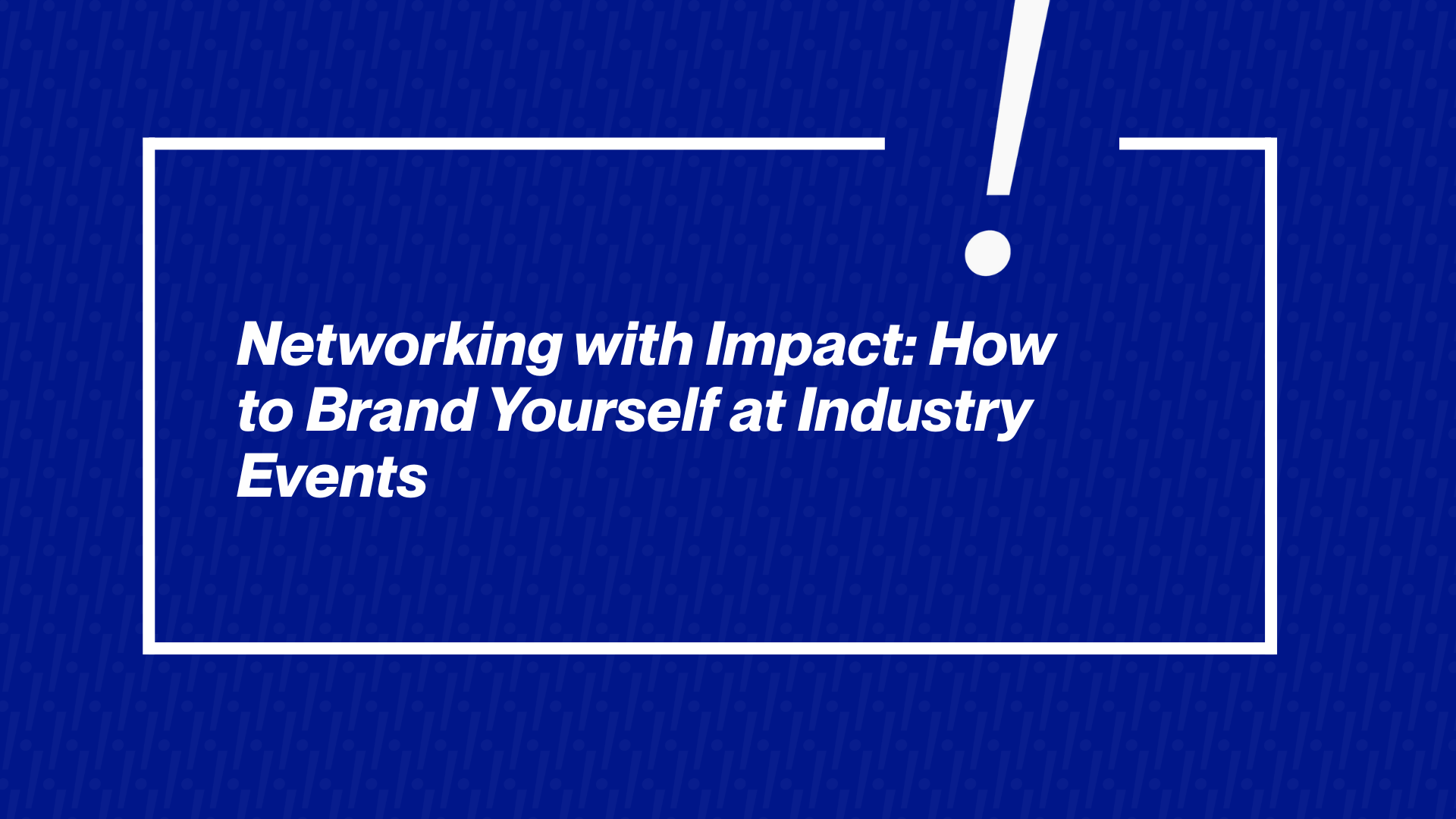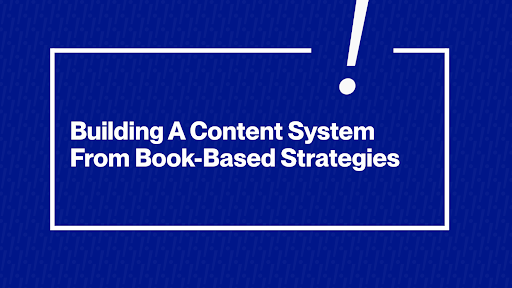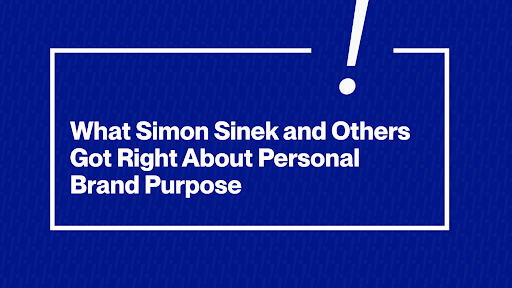The conference badge hangs around your neck, the coffee is lukewarm, and the room hums with the nervous energy of hundreds of professionals trying to make meaningful connections. This familiar scene represents both immense opportunity and overwhelming anxiety for most entrepreneurs, freelancers, and ambitious professionals. Traditional networking advice tells us to collect as many business cards as possible, to work the room, to have an elevator pitch ready. This approach is fundamentally flawed. It treats networking as a numbers game rather than a strategic brand-building exercise. The true masters of modern professional relationships understand something far more profound: that every industry event is a live-stage platform for advancing your personal brand narrative. It is a three-dimensional, multi-sensory extension of your digital presence where your personal branding through storytelling comes to life, where your handshake reinforces your headline, and where conversations become the human embodiment of your personal brand purpose.
I am Bhavik Sarkhedi, the creator of the personal branding firm Ohh My Brand, and I have joined forces with Sahil Gandhi, the Brand Professor who runs the Webflow agency Blushush. Through our partnership, we have learned that the most effective professionals execute strategic brand activations in real life. We’ve helped hundreds of clients go from being passive event participants to being remembered, in-demand connectors who use every after-party, panel session, and coffee break to methodically establish their reputation and influence. This philosophy is the foundation of our forthcoming ebook, “Become Someone From No One.” This post is an exhaustive step-by-step guide to the rethinking of how you engage with industry events so that you have the strategic frameworks by which to construct personal brands that will leave each conference with an enhanced brand presence and network of authentic champions.
The Pre-Event Strategy: Architecting Your Presence Before You Arrive
The art of effective event networking starts weeks prior to arriving at the building. Novices arrive and try their luck; pros design their presence such that connections find them. It is at this pre-event stage that you build the foundation of your live brand activation and transition yourself from an incognito attendee to a known voice before the first speaker has even spoken. This strategic approach involves multiple coordinated layers that prime both the event ecosystem and your own mindset for maximum impact.
The first critical step is aligning your digital presence with your physical goals. This means optimizing your Linkedin marketing strategy in the weeks leading up to the event. Announce your attendance with a post that expresses genuine excitement about specific sessions or speakers, tagging the event and relevant individuals. This is an opportunity for content & storytelling that positions you as an engaged community member rather than a passive participant. Share what you hope to learn or contribute, framing your attendance through the lens of your expertise and curiosity. This digital visibility serves as pre-event social proof, making you familiar to other attendees before you even meet. Simultaneously, this is the perfect moment to engage in strategic backlink building by offering to write guest posts or expert commentary for industry publications about the event’s key themes, establishing your authority on the topics that will dominate conversations. For those with more substantial intellectual capital, this is where professional Ebook Writing Services can help you prepare a valuable digital asset that can be shared with key contacts, demonstrating the depth of your expertise beyond what’s possible in casual conversation. This comprehensive digital preparation ensures that when you introduce yourself to someone at the event, there’s a strong chance they’ll respond with “I know who you areI saw your post,” immediately elevating the interaction from a cold introduction to a warm confirmation.
The Narrative Architecture: Crafting Your Conversational Persona
Walking into an industry event without a clear conversational strategy is like arriving on a battlefield without knowing which side you’re fighting for. The core of your event presence is the narrative architecture you build around your professional identity, the stories, insights, and value propositions you can deploy in conversations to make lasting impressions. This is about internalizing a flexible narrative framework that allows you to adapt your communication to different contexts while remaining consistently on-brand. This narrative architecture turns small talk into substantive conversations and casual encounters into memorable brand experiences.
The foundation of this architecture is your clearly defined personal brand purpose. Before attending any event, you must be able to articulate why you do it and for whom. This purpose becomes the thematic core that informs every interaction. Are you the sustainability advocate transforming supply chains? The tech innovator democratizing financial access? The creative force bridging art and commerce? This clarity allows you to move beyond functional descriptions and into meaningful dialogue. The next layer involves developing what we call book frameworks for Linkedin brand building structured ways of presenting your expertise that are both comprehensive and digestible.
The reason Authors make better personal brand strategists in networking situations is that the process of writing forces clarity and structure upon complex ideas. You don’t need to have published a book to benefit from this approach; you simply need to organize your knowledge into a coherent narrative with a beginning (the problem), middle (your unique approach), and end (the transformation you create). This preparation enables you to share insights that feel substantive rather than superficial, making you a source of value rather than just another salesperson. This narrative architecture becomes your conversational compass, ensuring that whether you have thirty seconds or thirty minutes with someone, you leave them with a clear, compelling understanding of your unique value proposition and the specific problems you’re equipped to solve.
The Live Activation: Mastering the Event Ecosystem
The occasion itself is your live brand activation, a transitory world where your well-rehearsed plan collides with actual implementation. How you move through this space, from the main stage to the coffee queue, either supports or dilutes the personal brand you have so carefully established online. Influential networking at this point is less quantity and more quality, less about gathering contacts and more about building impacting connections that further your brand story. This demands a strategic style of engagement that balances exposure with genuineness, assurance with inquisitiveness.
Your initial strategic mission should be strategic placement in the physical environment. Rather than standing anxiously at the periphery by the walls, place yourself in the paths of least resistance where natural clusters of conversation occur. More specifically, find and become a regular at the areas where your desired connections will probably congregate whether that is in the vicinity of particular sponsor booths, following certain sessions, or at specified networking areas. Having established contact, master the skill of branded conversation. This involves guiding conversations into your areas of knowledge while being truly interested in the other individual. Offer relevant pieces of your crafted narrative architecture, a brief case study, an unexpected industry fact, a failure lesson that shows your knowledge without transparent selling.
This does not just change you from someone looking for connections to someone providing value but also brings a significant psychological change, making people wish to carry on the relationship. For experts with greater knowledge, referencing your content system from book based strategies can be especially effective. Mentioning that you’ve created a thorough framework on a pertinent matter and providing to share it subsequently immediately sets your position as one of authority and builds in a natural cause for follow-up. Throughout these interactions, your goal should be conversion rate optimization for relationships creating a smooth, natural pathway from initial introduction to committed follow-up action, whether that’s a coffee meeting, a collaboration discussion, or simply a connection on LinkedIn with a specific reason to stay in touch.
The Digital-Physical Integration: Blending Worlds for Maximum Impact
The most sophisticated networkers understand that the physical event and the digital realm are interconnected layers of the same brand-building ecosystem. Your ability to seamlessly integrate your online presence with your in-person interactions creates a powerful synergistic effect that amplifies your impact far beyond the event’s temporal and physical boundaries. This integration turns momentary connections into ongoing relationships and event interactions into lasting brand impressions.
The most immediate form of this integration is live, strategic social media engagement during the event. Effective LinkedIn Marketing evolves continuously and perpetually. Instead of generic check-ins, share thoughtful insights from sessions, tagging speakers and adding your unique perspective that aligns with your brand narrative. Photograph meaningful moments are conversations, collaborations, and human connections and caption them with storytelling that reinforces your brand values. When you meet someone significant, don’t wait until after the event to connect; send a LinkedIn invitation right there, personalized with a reference to your conversation.
This immediate digital handshake solidifies the connection while the interaction is still fresh. For those looking to maximize their authority, consulting with an SEO consultant beforehand can help identify key phrases and topics to emphasize in both your conversations and your social posts, ensuring alignment with what your target audience is searching for online. This strategic integration creates a cohesive brand experience for those who encounter you both online and offline, reinforcing your message through multiple channels and creating a perception of ubiquitous presence and authority that far exceeds the reality of your actual time investment.
The Post-Event Amplification: Converting Connections into Community
The final, and most commonly neglected, phase of impactful event networking is the post-event amplification. The conversations that happened in the ballroom are merely seeds; they require systematic nurturing to grow into meaningful professional relationships and tangible opportunities. Your work in the days and weeks following the event is what separates strategic networkers from casual collectors of business cards. This phase is where you convert pleasant interactions into professional advocates, where you demonstrate the reliability and value that your brand promises.
The first forty-eight hours after an event are critical for consolidation. This is when you should send personalized follow-up emails that reference specific moments from your conversation and propose a clear next step, whether that’s sharing a relevant resource from your content system from book based strategies, scheduling a brief video call to explore collaboration, or simply connecting on additional platforms. This systematic follow-up is the human equivalent of Conversion Rate Optimization, moving promising connections further down the relationship funnel. Beyond individual follow-ups, this is the moment to leverage the event’s momentum in your broader content strategy.
Write a reflective post-event article that synthesizes key takeaways through the lens of your expertise, tagging fellow attendees and speakers who contributed valuable insights. This positions you as a thoughtful synthesizer of information as well as naturally incorporates strategic Backlink Building when you link to relevant resources and previous content. For those with more substantial insights, this post-event period is the perfect time to engage ebook writing services to make shift your event observations and conversations into a more substantial piece of thought leadership, further cementing your authority on the topics that dominated the conference. This comprehensive post-event strategy ensures that the energy and connections from the event don’t dissipate but rather become integrated into the ongoing expansion of your professional influence and community.
The Legacy Loop: Building Beyond Single Events
The ultimate goal of strategic event networking goes beyond maximizing the ROI of a single conference but to create a self-reinforcing cycle where each event strengthens your brand, which in turn makes your presence at future events more impactful. This legacy loop shifts event networking from a discrete activity into an integral component of your long-term brand-building strategy. When executed consistently, this approach ensures that your influence compounds with each gathering, eventually positioning you way ahead than just as an attendee but as a necessary fixture in your industry’s conversation.
Entering this legacy loop requires adopting what we call the bestselling frameworks for personal brands mindsettreating your event participation as chapters in an ongoing professional narrative rather than isolated incidents. This means curating which events you attend based on their alignment with your personal brand purpose rather than their convenience or popularity. It involves seeking out opportunities to contribute as a speaker, panelist, or moderator rather than just an audience member, thereby shifting your role from consumer to contributor. The most advanced practitioners of this approach often find that authors make better personal brand strategists precisely because the systematic thinking required to write a book translates perfectly to designing a multi-event brand strategy. They approach each gathering with specific objectives about which relationships to deepen, which insights to gather, and which aspects of their brand narrative to test and refine. This strategic, long-term approach to event networking ensures that your personal brand becomes increasingly visible, valuable, and influential with each passing quarter, eventually reaching the point where event organizers seek you out and attendees arrive hoping to meet you the ultimate indication that you’ve successfully changed networking from a tactical activity into a core component of your professional identity and legacy.
The End Note
Mastering the art of strategic event networking requires more than just courage and business cardsit demands a systematic approach to personal branding that converts every handshake into a brand-building opportunity. The frameworks outlined here are just a preview of the comprehensive system we detail in our upcoming ebook, “Become Someone From No One,” co-authored by myself, Bhavik Sarkhedi, and Sahil Gandhi. We provide the complete set of frameworks to built personal brands, including detailed strategies for pre-event preparation, in-person engagement, and post-event follow-up that will position you as a must-meet attendee at every industry gathering. Once you connect with Brand Professor or Ohh My Brand, you’ll stop leaving your networking to chance and start building relationships with intention and impact. Get your own ebook copy today and turn your approach from anxious attendee to strategic connector. Your next event could be the beginning of your industry dominance.




